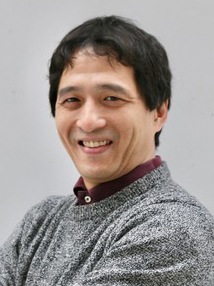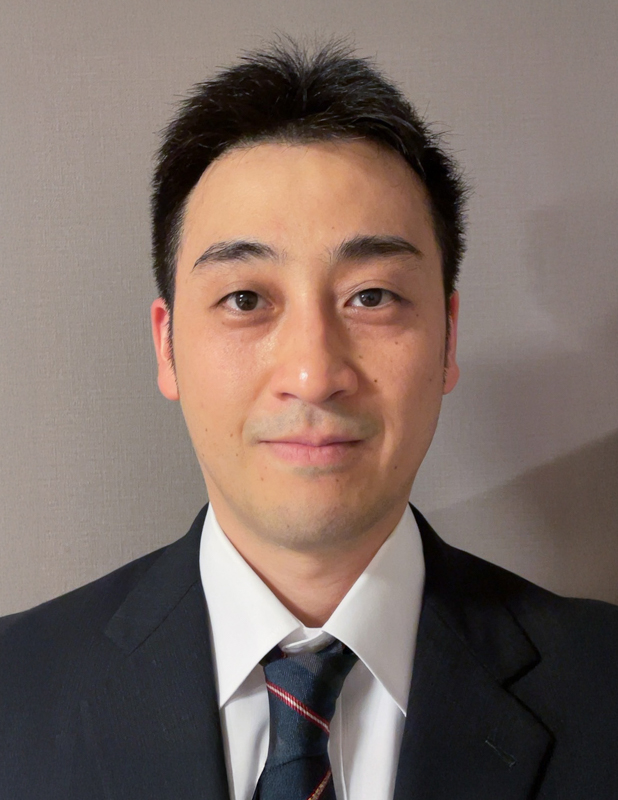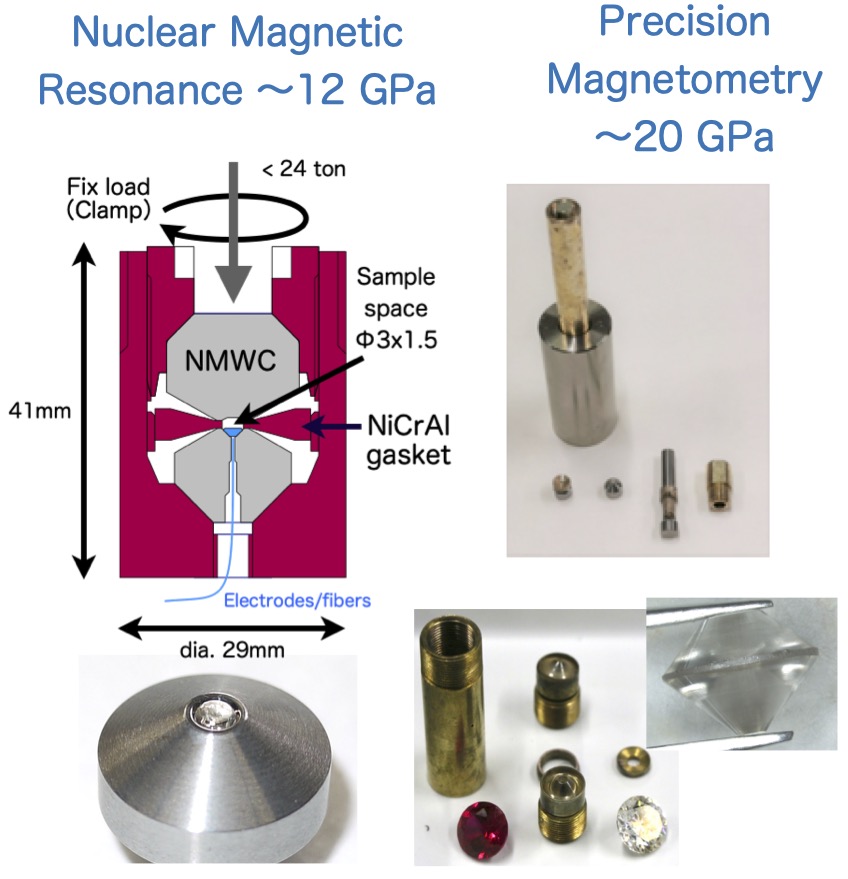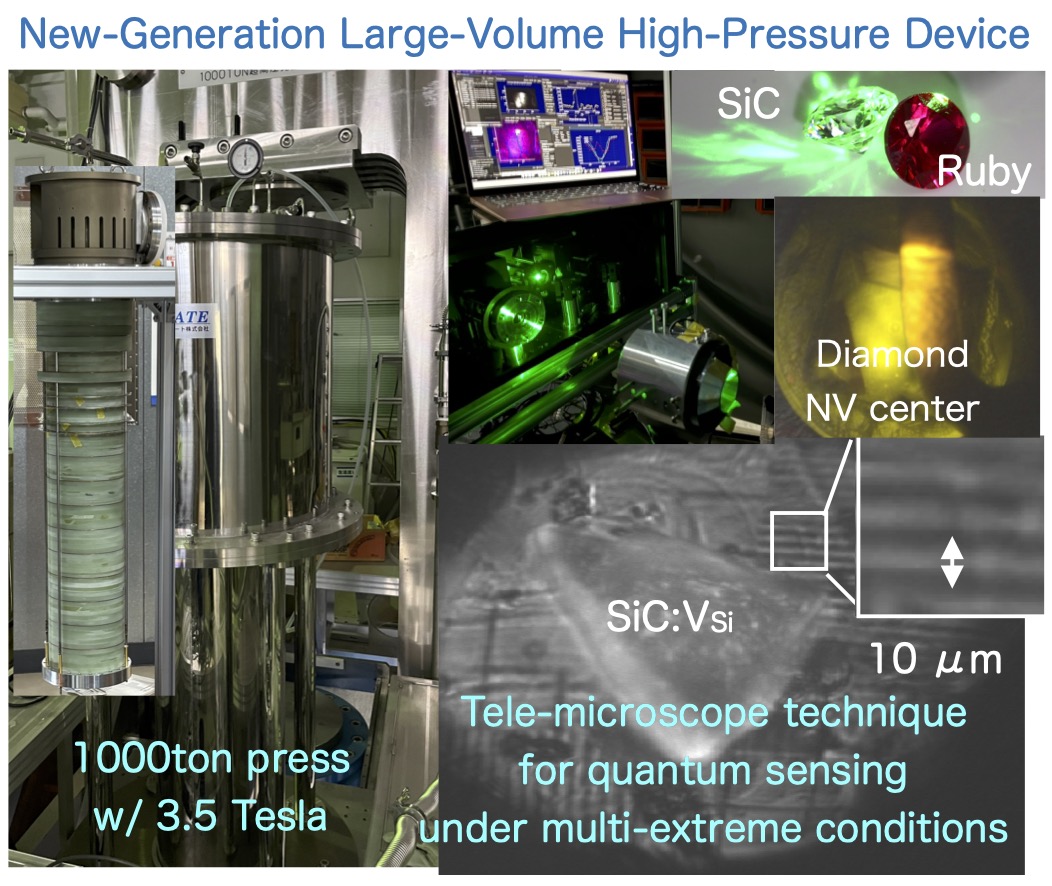Kitagawa Group

- Affiliation
- Materials Design and Characterization Laboratory
- Course
- Phys., Sci.
 Research Associate SHIMIZU, Yusei
Research Associate SHIMIZU, Yusei
Research Subjects
- Search for pressure-induced exotic superconductivity and novel quantum magnetism
- Development of advanced optical-sensing methods under pressure using quantum sensors with solid-state systems
- Development of large-space ultrahigh-pressure device for realization of multi-purpose electronic property measurements
Materials development under pressure has attracted a lot of attention, as demonstrated by recent discoveries of hydride and Ni-based high-temperature superconductors. Moreover, pressure is one of the fundamental parameters for changing the ground state of a material, leading to material characterization. However, magnetic properties under pressure have been little investigated due to difficulties in the detection methods inside pressure cells. Unconventional superconductivities in the vicinities of magnetic quantum critical points, or quantum spin liquids are examples of novel and exotic electronic states caused by a combination of spin-orbit coupling, electronic correlations, multi-body effects, and so on. To understand these states deeply, direct observations for spin degrees of freedom, or for magnetism, are highly desired. Our group aims to study strongly correlated electron systems by use of state-of-the-art ultrahigh-pressure precision magnetometry and nuclear magnetic resonance methods. Besides, we are developing a new high-pressure device that enables us to observe conventional and magnetic properties simultaneously by application of advanced optical detection techniques, including quantum sensing with solid-state systems.


